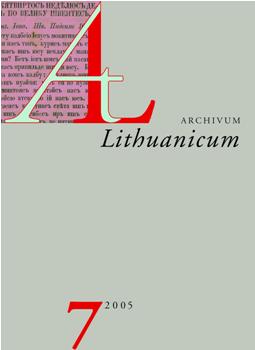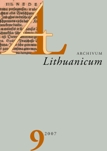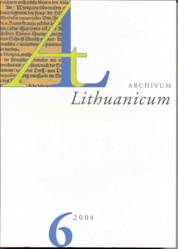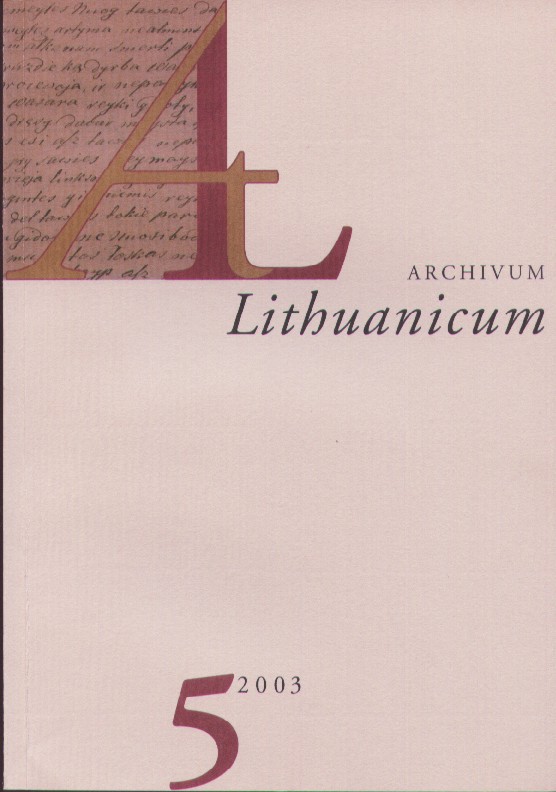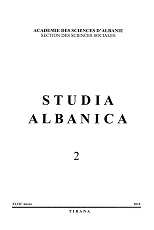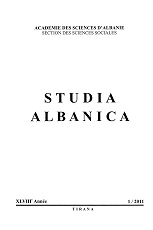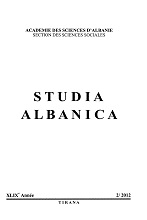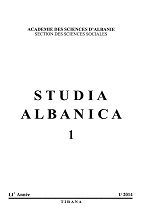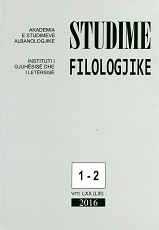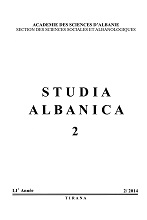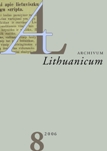
Der Psalter Davids (1625) von Johann Rehsa als Quelle für die preußisch-litauische Lexikographie
Der 1625 in Königsberg von Johann Rehsa herausgegebene Psalter Davids (weiterhin RPs) dürfte als Quelle für die preußisch-litauische Lexikographie spätestens seit Vincas Urbutis (1988)1 allgemein bekannt sein. Urbutis weist nach, dass der RPs sowohl für das Lexicon Lithuanicum (weiterhin Lex) als auch für die Vorlage des s.g. Richter- und des s.g. Krause-Wörterbuches (hier Prä-Richter/Krause genannt [PRK], bei Urbutis *Q) als auch für das s.g. Richter-Wörterbuch selbst (hier R, von Urbutis als memelländisches Wörterbuch [klaipėdiškių žodynas] bezeichnet), als Quelle gedient hat. Er stützt sich hierbei auf die jeweiligen Psalm-Zitierungen, die er mit RPs verglichen hat. An dieser Stelle soll an die Vorarbeiten von Urbutis angeknüpft werden und das Ausmaß der Verwendung von RPs in der preußisch-litauischen Lexikographie genauer bestimmt werden. Dazu werden zunächst sämtliche Psalm-Zitierungen in Lex, PRK, K und R zusammengestellt. Nach dem Nachweis der in den genannten Wörterbüchern jeweils zitierten Psalmen und deren Rückführung auf RPs soll folgenden Fragestellungen nachgegangen werden: 1. Ob und in welchem Umfang RPs auch als Quelle für die Clavis Germanico- Lithvana (weiterhin C) gedient hat. 2. In welchen Umfang RPs in den untersuchten Wörterbüchern darüber hinausgehend, d.h. ohne Zitierung, als Quelle verwendet wurde. 3. Welche Probleme sich bei der Extraktion von litauischen Äquivalenten aus dem RPs ergeben können.
More...
